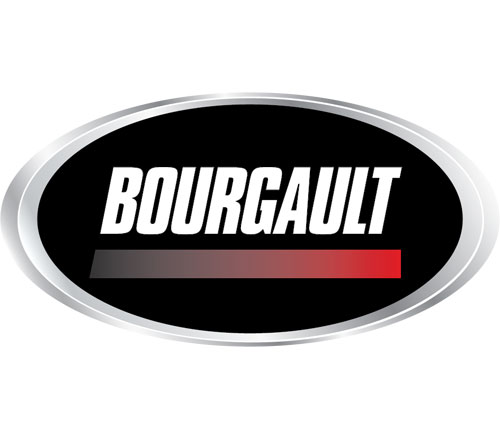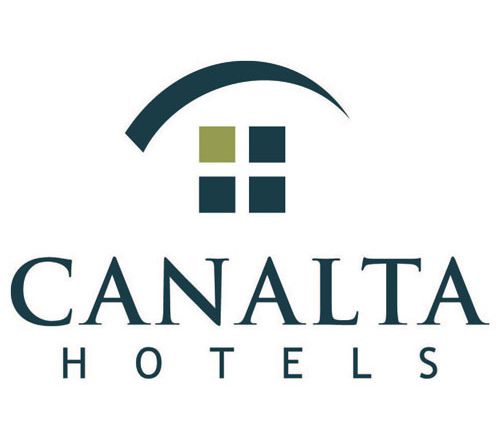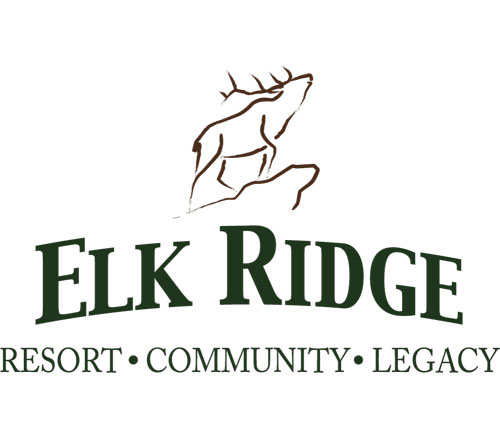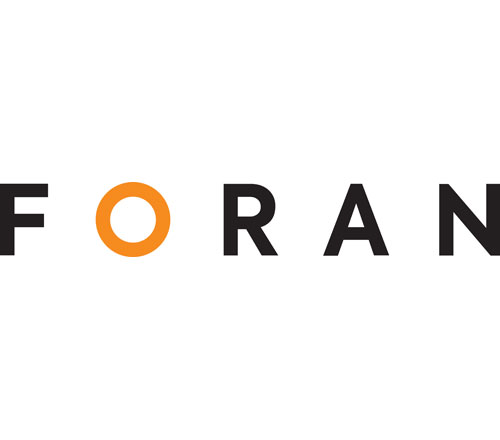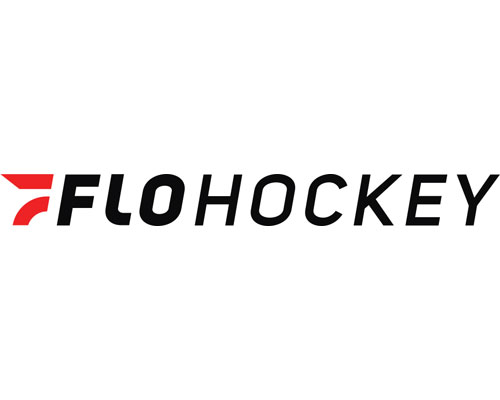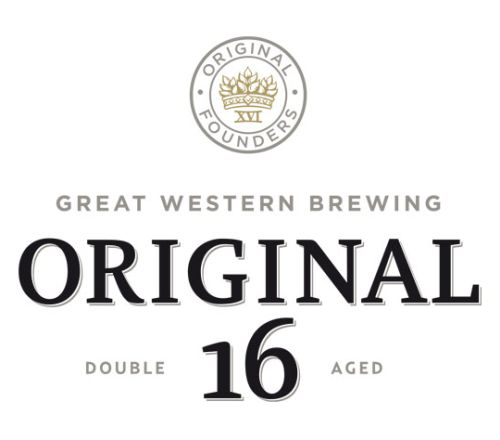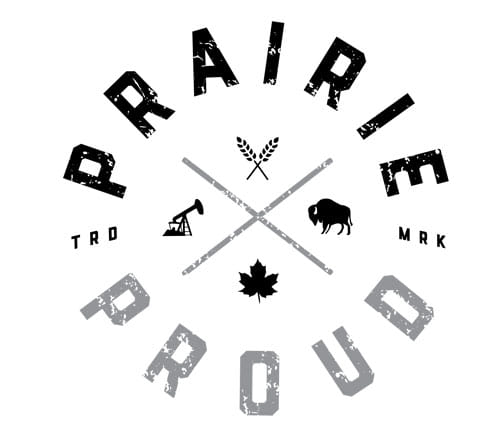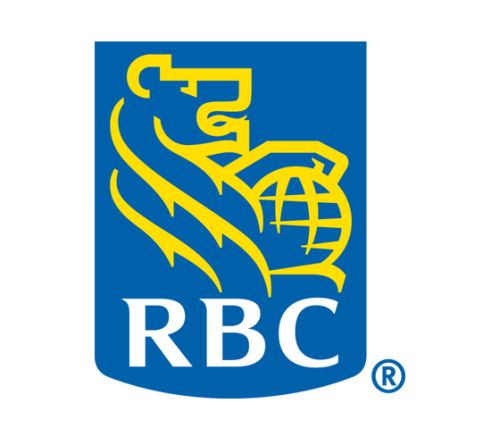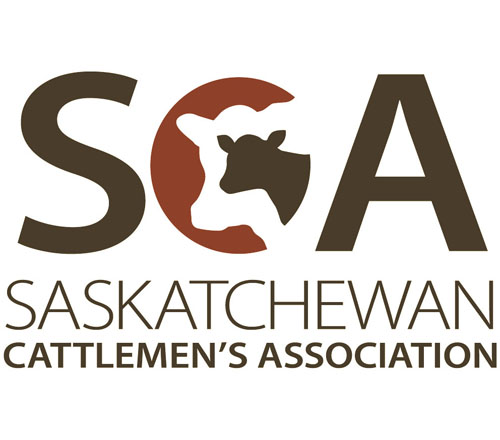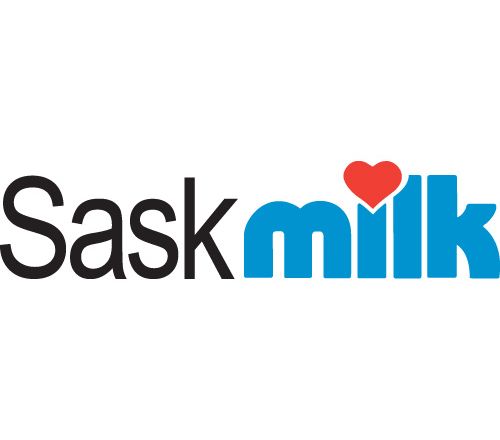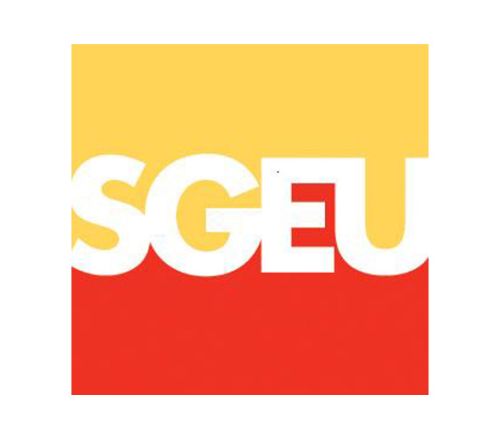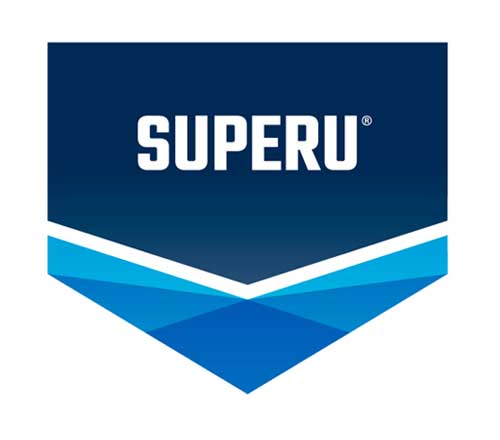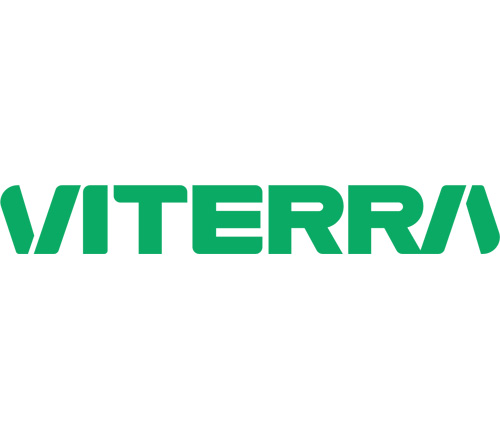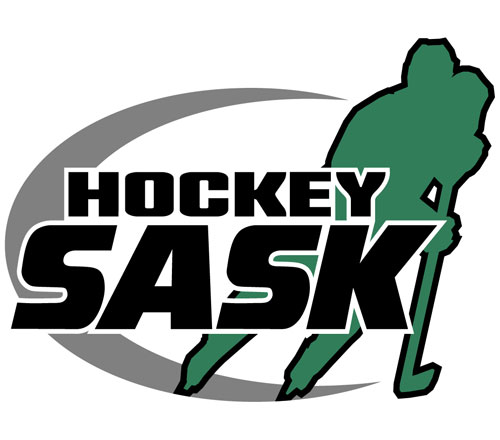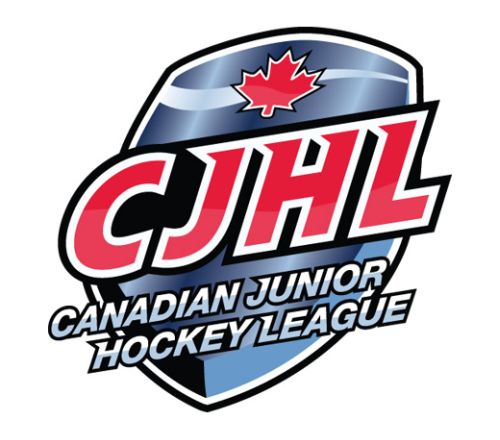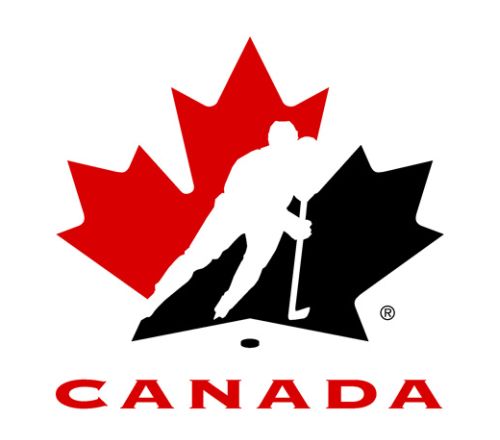(Taken from the Notre Dame Hounds chapter of ‘the Heart and Soul of the SJHL’ book, written by Jamie Neugebauer. Book compiled by Rod Pedersen)
The sight of 18-year-old Rod Brind’Amour taking out the garbage on the campus of Notre Dame was not uncommon while he was there in the mid-to-late 1980s.
It was his job, after all.
And that it was his job was in no way disturbed by the fact that he had just scored 14 points in five games to lead the Hounds to the Junior ‘A’ national title in mid-May 1988.
“It’s funny, we all got together to talk about this in September (2017),” says Brind’Amour, who went on to captain the 2006 Carolina Hurricanes to the Stanley Cup.
“There wasn’t a big celebration, but that is just kind of how it was. It’s just what makes that place special: that you have to be humble, and you have to just do what you have to do, even if you did just win the national championship.”
Brind’Amour led a group of mostly 17 and 18-year-old Hounds fresh off a bitterly disappointing loss in the final of the 1987 midget national championship.
The club then elected to enter the veteran-laden, physical SJHL for the 1987-88 season, and while the gambit clearly paid off for the cadre of recognizable names on that team, the grand experiment was nowhere near certain to succeed from where head coach and general manager Barry McKenzie and his staff sat in the summer of ‘87.
“We had no idea what we were getting into,” says McKenzie.
“We just knew a lot of our students, and once they were finished with midget ‘AAA, ’ they had no place to play. They wanted to stay at Notre Dame, so we ended up getting a junior team.
“I would say we were certainly among the youngest teams in all of Canada. We had no idea how we’d do, so to see the way we played was quite surprising, and of course we got more confidence as the year progressed. The kids understood what had to be done though, and ended up getting the job done; so, it was obviously a very special memory to me.”
A dominant SJHL season led ND to a tough Canada West regional final series in April of 1988, against a loaded and veteran Calgary Canucks team.
The Canucks pushed McKenzie’s troops to the brink, going up 3-1 in the series, before the Hounds rallied with three straight wins, the final two of them on hostile ice in Calgary.
Then, after another tough slog of games at the National Championships in Pembroke, ON, throughout which the Hounds won three one-goal games, McKenzie’s men found themselves down 2-1 after 40 minutes in the final against the East Region champion Halifax Lions.
Scott Pellerin, one of the Hounds’ top forwards, who would go on to play 536 NHL games and was the Director of Player Development for the Toronto Maple Leafs at the time of this writing, remembers the sense of calm and confidence that he and the club felt, even in those pressure-packed moments.
“It was definitely a group that, to this day, I can honestly say that I’ve never been more confident that we were going to win in any given game,” he says.
“I just knew we were going to give ourselves the best chance to win that game, even if we were down in the third period of the national final. We knew Barry McKenzie would get the most out of us, and at the heart of it, we just all truly respected the crest on the front more than the name on the back, and we were able to have success that way.”
Future Quebec Nordiques right winger Dwayne Norris scored the game-winner on a goal by Brind’Amour, and the Hounds’ run to immortality was carved in stone.
Yet even more than the honour of winning that improbable championship, the lessons learned from the time spent under McKenzie and on the hallowed campus in the middle of the prairies of southern Saskatchewan are what Brind’Amour, Pellerin, and the whole team continue to echo as their true rewards from that magical season.
“Being at Notre Dame really matured me, and in so many ways made me into the player and the man that I became,” says Brind’Amour.
“You get thrust into the environment at ND, your mom isn’t there to cook and clean for you, you have to grow up quick. You learn to handle things you might not have before, and you learn to rely on yourself; you can’t look to blame others when things are hard. I can’t say enough about my time there and the friends I met, the people that helped me, the coaches and teachers, it was a perfect place for me.”
That training did not go unnoticed by college scouts, as 19 of the 22 players on the roster that year went on to play NCAA hockey. Together, they would account for over 3,000 NHL appearances and have post-hockey careers ranging from high school principals to NHL player development directors.
“Notre Dame really prepared me for that next step, there is no doubt about it,” says Stephane Gauvin, one of the team’s leaders, who would go on to play professionally in France before beginning on his path to be a principal at a secondary school in Moose Jaw, SK.
“I remember college and pro coaches mentioning how much they respected the Notre Dame program and that they wanted to have at least get one Hound on their roster. I believe I may have been the start of having a few Hounds down at Cornell University where I played Division I, and I know we made a pretty good name for the school and the hockey program wherever we went.”
For Brind’Amour, who also went on to add an NCAA championship with Michigan State University and a gold medal at the 1994 International Ice Hockey Federation World Championships to his resume, the Centennial Cup championship planted a deep understanding of how to win into his hockey toolkit.
“I think winning at high levels does a lot to you, because you have to learn how to do it,” says the retired veteran of 20 NHL [GR1] campaigns, and one Olympic Games.
“You have to fight through so many ups and downs throughout a hockey season, and emerging from those things to win teaches you a lot. So (winning the Centennial Cup with Notre Dame) was kind of the first chapter of figuring out how to win for me, and it really prepared me for the rest of my career in college and in the NHL: just how hard you have to work to win.”
“It is just an everyday kind of attitude you have to have to be successful, and it was really forged by my time at Notre Dame,” he continues.
Thirty years ago, Brind’Amour captained his team to an improbable title, then celebrated by taking out the garbage.
The ’88 Hounds never lost the message from that.
“For us, it was just a way of doing what we needed to do,” says Pellerin.
“We weren’t bigger than anyone else in the school, and that comes down to the long history of Notre Dame. Doing whatever it was that we needed to do, even if we did just win the national championship, was another way for us as a group to set the standard, to be leaders on and off the ice as we were expected to be and expected ourselves to be.”















